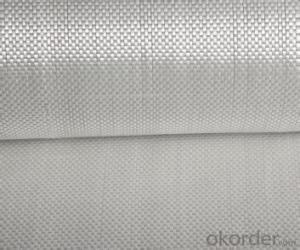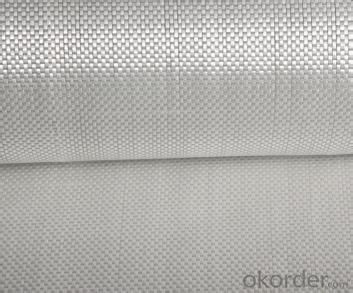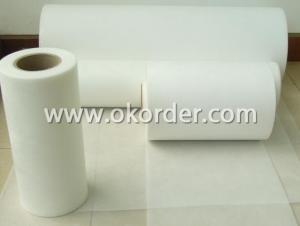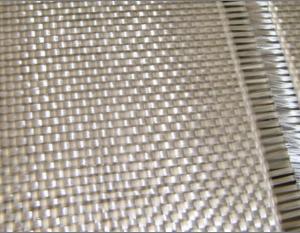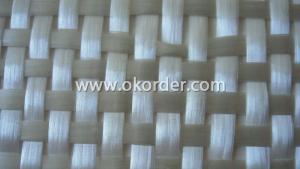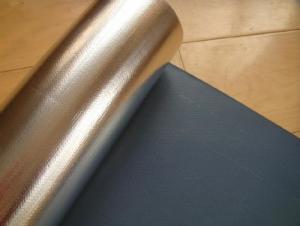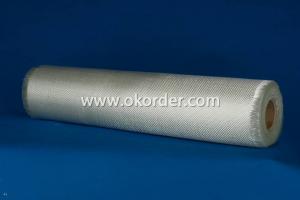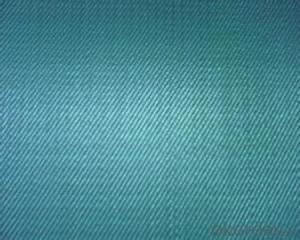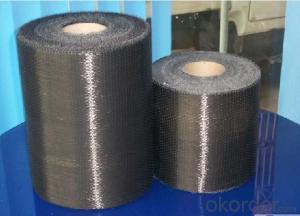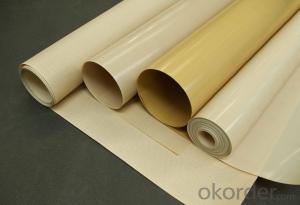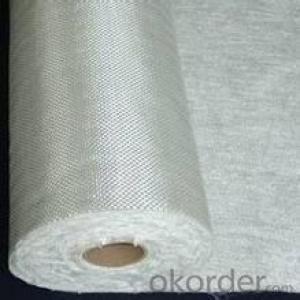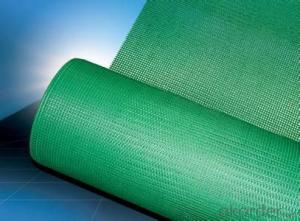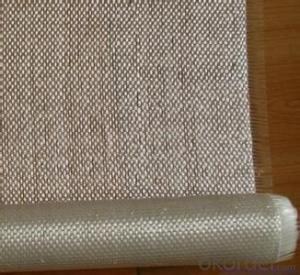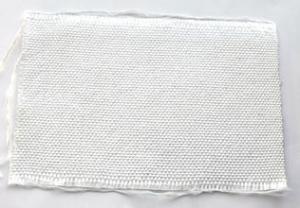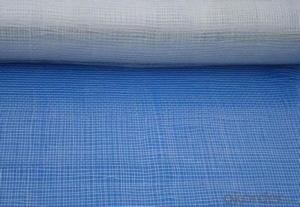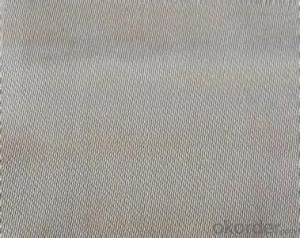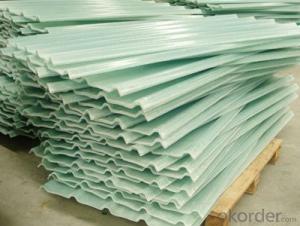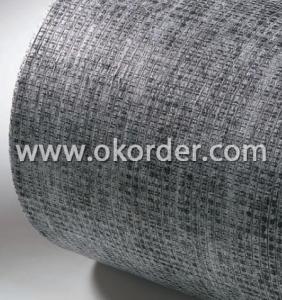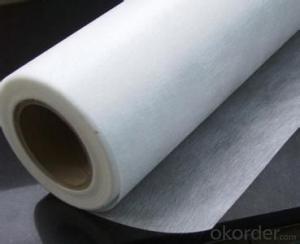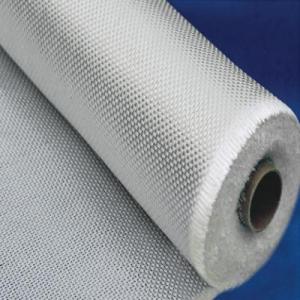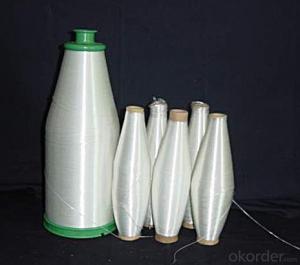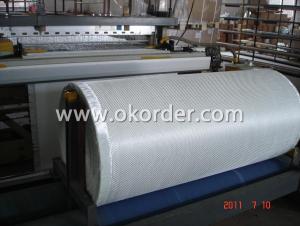Silica85 High Silica Fiberglass Fabrics
- Loading Port:
- China Main Port
- Payment Terms:
- TT OR LC
- Min Order Qty:
- -
- Supply Capability:
- -
OKorder Service Pledge
Quality Product, Order Online Tracking, Timely Delivery
OKorder Financial Service
Credit Rating, Credit Services, Credit Purchasing
You Might Also Like
Quick Details
| Place of Origin: | Brand Name: | Model Number: | |||
| Weight: | Width: | Weave Type: | |||
| Yarn Type: | Alkali Content: | Standing Temperature: | |||
| applications: |
Packaging & Delivery
| Packaging Detail: | rolls packed in cartons loaded on pallets |
| Delivery Detail: | within 15 days after order confirmation |
Specifications
1.withstand temperature up to 1000 degree
2.weight:about 600g/m2
3.applications:heavy duty welding protection;
- Q: Can fiberglass fabrics be used for insulation in automotive engines?
- Yes, fiberglass fabrics can be used for insulation in automotive engines. Fiberglass fabrics are known for their excellent thermal insulation properties, making them suitable for applications where heat needs to be controlled or managed, such as in automotive engines. These fabrics are able to withstand high temperatures without degrading or losing their insulating properties. They can be used to cover engine components, pipes, or other areas where heat transfer needs to be minimized. In addition to thermal insulation, fiberglass fabrics also offer other benefits, such as being lightweight, flexible, and resistant to chemicals and fire. However, it is important to ensure proper installation and compatibility with the specific engine requirements to maximize the effectiveness and safety of fiberglass fabric insulation in automotive engines.
- Q: Can fiberglass fabric be used for making insulation boards?
- Yes, fiberglass fabric can be used for making insulation boards. It is a common material choice due to its excellent thermal insulation properties and fire resistance. The fabric is typically combined with other materials and processed into insulation boards to enhance their energy-saving capabilities and provide effective heat insulation.
- Q: Can fiberglass fabric be used for reinforcement in water treatment tanks?
- Yes, fiberglass fabric can be used for reinforcement in water treatment tanks.
- Q: What are the different fiberglass fabric finishes for UV resistance?
- Some of the different fiberglass fabric finishes for UV resistance include acrylic coatings, silicone coatings, and fluoropolymer coatings. These finishes help protect the fiberglass fabric from the damaging effects of UV rays and prolong its lifespan.
- Q: Can fiberglass fabric be used for reinforcement in wind turbine towers?
- Certainly, wind turbine towers can utilize fiberglass fabric for reinforcement purposes. Fiberglass fabric, being both sturdy and lightweight, possesses exceptional mechanical attributes, rendering it appropriate for a wide range of structural uses. In the case of wind turbine towers, which must endure substantial mechanical strain and dynamic loads, employing fiberglass fabric to reinforce the tower structure and fortify its strength and stability is recommended. Moreover, the corrosion-resistant nature of fiberglass fabric is particularly significant for wind turbine towers that face inclement weather conditions. All in all, fiberglass fabric serves as a dependable and efficient option for reinforcement in wind turbine towers.
- Q: Can fiberglass fabrics be used for geotextile applications?
- Yes, fiberglass fabrics can be used for geotextile applications. Geotextiles are permeable fabrics used in civil engineering projects to stabilize soil, control erosion, and provide separation between different soil layers. While traditional geotextiles are typically made of synthetic materials like polyester or polypropylene, fiberglass fabrics can also be used effectively for these applications. Fiberglass fabrics offer numerous advantages for geotextile applications. Firstly, they have high tensile strength, meaning they can withstand significant loads and provide long-lasting stability. Additionally, fiberglass fabrics are resistant to chemicals, UV radiation, and biological degradation, making them suitable for various environmental conditions. Furthermore, fiberglass fabrics have excellent dimensional stability, meaning they will not shrink or expand significantly when exposed to moisture or temperature variations. This characteristic is crucial for maintaining the integrity and effectiveness of geotextiles over time. Another benefit of using fiberglass fabrics for geotextile applications is their excellent filtration properties. They can effectively prevent the migration of fine particles while allowing water to pass through, reducing the risk of soil erosion and maintaining water drainage. In conclusion, fiberglass fabrics can indeed be used for geotextile applications. Their high tensile strength, chemical resistance, dimensional stability, and filtration properties make them a suitable choice for various civil engineering projects where geotextiles are required.
- Q: With what glue can stick glass steel cans?
- The modified epoxy adhesive can stick to the FRP tank;In addition to the epoxy resin and other non-polar polyolefin plastic adhesive is not good, for all kinds of metal materials such as aluminum, steel, iron, copper; non metallic materials such as glass, wood and concrete; and thermosetting plastics such as phenolic, amino, unsaturated polyester has excellent adhesive properties, so it is called monengjiao. Epoxy adhesive is an important kind of structural adhesive.
- Q: What are the different fiberglass fabric coatings for weather resistance?
- Various fiberglass fabric coatings are available to ensure weather resistance. One frequently employed coating is polyurethane, renowned for its exceptional defense against moisture, UV rays, and temperature fluctuations. Silicone is another well-liked alternative, providing superior resistance to high temperatures, making it ideal for heat-sensitive applications. Acrylic coatings are also commonly used due to their ability to protect against UV rays, while remaining cost-effective compared to other options. Moreover, vinyl coatings can be applied to fiberglass fabric to bolster its weather resistance, given vinyl's reputation for durability and ability to withstand harsh weather conditions. Ultimately, the choice of fiberglass fabric coating for weather resistance hinges on the specific application and the desired level of protection.
- Q: Can fiberglass fabric be used for making stage curtains?
- Yes, fiberglass fabric can be used for making stage curtains. Fiberglass fabric is a versatile material that offers several benefits for stage curtains. Firstly, it is lightweight and durable, making it easy to handle and resistant to wear and tear. This is important for stage curtains as they need to withstand frequent opening and closing during performances. Additionally, fiberglass fabric is flame retardant, ensuring the safety of the stage and performers. It also provides excellent acoustic properties, helping to absorb sound and improve the acoustics in the theater. Moreover, fiberglass fabric is available in a variety of colors and can be easily painted or printed on, allowing for customization and artistic expression. Overall, fiberglass fabric is a suitable choice for making stage curtains due to its durability, fire resistance, acoustic properties, and aesthetic flexibility.
- Q: Is fiberglass fabric resistant to punctures?
- Fiberglass fabric exhibits puncture resistance, showcasing its durability and strength. This material is renowned for its ability to withstand punctures and tears, making it a preferred choice in various fields. For instance, it finds extensive usage in protective clothing, automotive components, and insulation materials, where puncture resistance is crucial. The woven structure of fiberglass fabric adds an extra layer of robustness, effectively preventing punctures. However, it is worth noting that despite its high resistance, fiberglass fabric is not entirely impervious to punctures. Depending on the object's force and sharpness, it is still possible to puncture fiberglass fabric, albeit less likely when compared to alternative materials.
Send your message to us
Silica85 High Silica Fiberglass Fabrics
- Loading Port:
- China Main Port
- Payment Terms:
- TT OR LC
- Min Order Qty:
- -
- Supply Capability:
- -
OKorder Service Pledge
Quality Product, Order Online Tracking, Timely Delivery
OKorder Financial Service
Credit Rating, Credit Services, Credit Purchasing
Similar products
Hot products
Hot Searches
Related keywords
